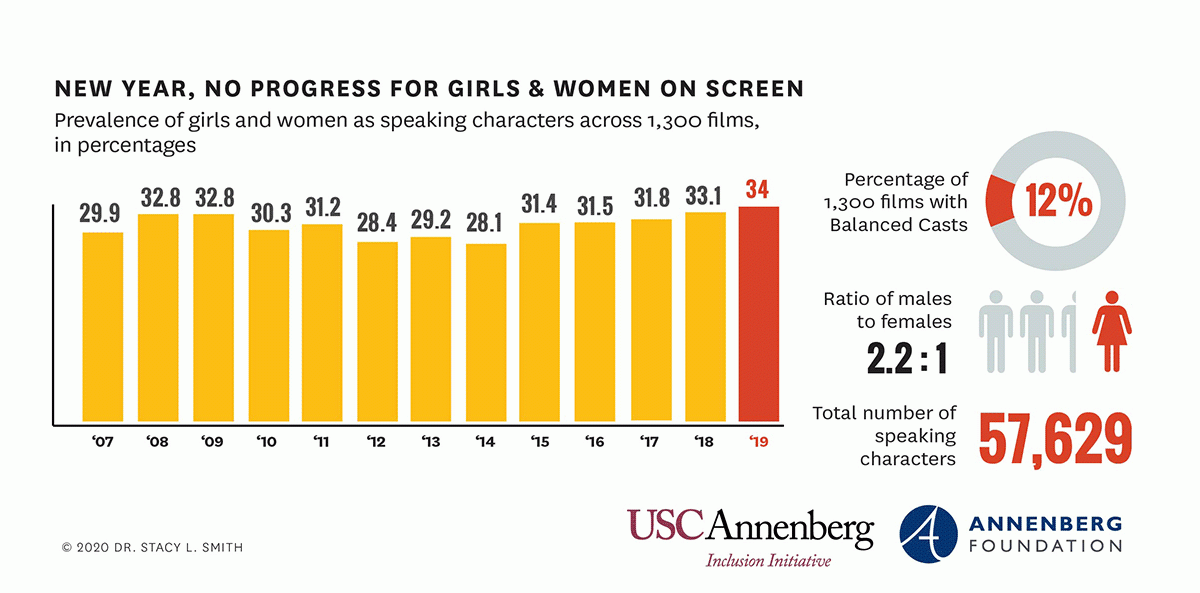What might appear to be a flood of recent and new films and TV shows featuring AAPI characters in prominent roles is really just a drop in a very big bucket.
In the midst of ongoing protests against racial injustice not seen since the 1960s, a new study from the University of Southern California shows Hollywood movies continues a systemic flaw in Tinseltown -- a lack of inclusive representation of those from underrepresented racial/ethnic groups, girls and women, the LGBTQ community, and individuals with disabilities.
The spate of recent productions featuring Asian American and Pacific Islanders in productions may seem like an explosion when compared to what the industries were like before Crazy Rich Asians busted through Hollywood's consciousness bringing attention to AAPI talent and the wealth of stories.
The report, from Smith and the Annenberg Inclusion Initiative at USC Annenberg, is the most comprehensive and intersectional look at film, having examined 57,629 characters in 1,300 top films from 2007 to 2019.

The study charts an increase in leading and/or co-leading characters from underrepresented racial/ethnic groups, from 27 films in 2018 to 32 films in 2019. Seventeen movies featured a girl or woman from an underrepresented group as a lead or co lead character in 2019 compared to just 11 in 2018, 4 in 2017 and 1 in 2007.
Forty-three of 2019’s 100 top films had a girl or woman in a leading or co-leading role, a slight uptick from 39 in 2018 and a larger gain from 20 in 2007. However, only three films had a leading or co-leading role filled by a woman aged 45 or older, and only one of these roles went to a woman of color.
Despite the gains for AAPI actors, 36% of the surveyed films had no Asian speaking characters. In 2019, with all the aforementioned productions that represented only 7.2% of the speaking roles.

Much of the study focused on women. While showing considerable gains, and in most cases better than the job growth of actors and directors of color, women still fell way behind white men, who continue to get majority of the meatier roles and directing assignments.
When it comes to all women portraying speaking characters, there has been little to no progress in 13 years. The percentage of female-identified speaking characters has not meaningfully increased since 2007, reaching only 34% in 2019. Similarly, 34.3% of speaking characters were from underrepresented groups, which is below the U.S. population and a slight decrease from 2018. The overall ecosystem of cinematic storytelling is still one in which girls, women and people of color are marginalized and minimized.
The study also found a comparitively small number of roles for girls and women from underrepresented groups, and a similar lack of inclusiveness behind the camera -- directors, writers, casting directors and producers.
“This is a critical moment for the industry to commit to real and substantive change,” Smith said. “Too often the results of studies like this one garner attention without action. As protests for racial justice continue, it is imperative that companies move beyond performative statements and commit to take actions that will result in inclusive hiring practices on screen and behind the camera.”
READ the entire report here.

No comments:
Post a Comment